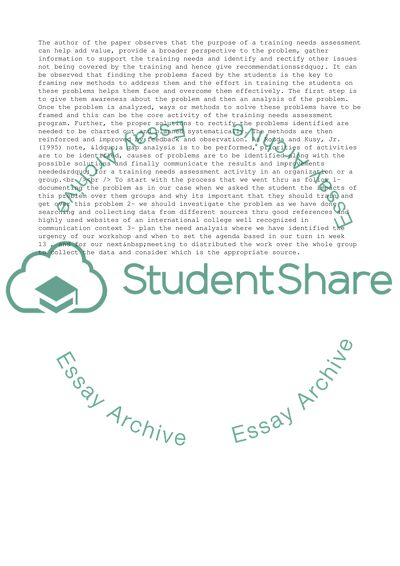Cite this document
(Attributes of Venture Teamwork in Tertiary Entrepreneurship Programs Case Study, n.d.)
Attributes of Venture Teamwork in Tertiary Entrepreneurship Programs Case Study. Retrieved from https://studentshare.org/management/1724974-workshop-critique-group-work
Attributes of Venture Teamwork in Tertiary Entrepreneurship Programs Case Study. Retrieved from https://studentshare.org/management/1724974-workshop-critique-group-work
(Attributes of Venture Teamwork in Tertiary Entrepreneurship Programs Case Study)
Attributes of Venture Teamwork in Tertiary Entrepreneurship Programs Case Study. https://studentshare.org/management/1724974-workshop-critique-group-work.
Attributes of Venture Teamwork in Tertiary Entrepreneurship Programs Case Study. https://studentshare.org/management/1724974-workshop-critique-group-work.
“Attributes of Venture Teamwork in Tertiary Entrepreneurship Programs Case Study”. https://studentshare.org/management/1724974-workshop-critique-group-work.


